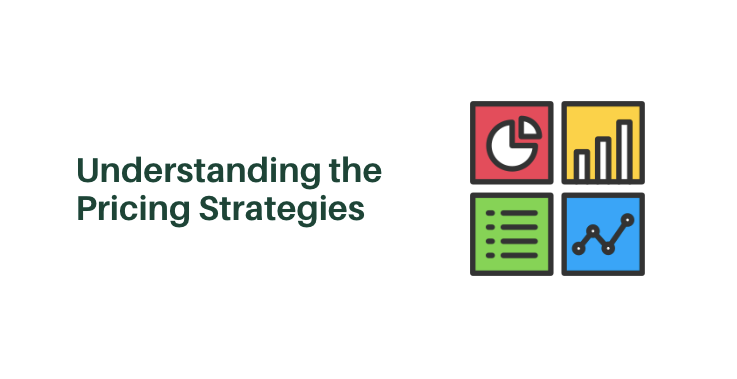Medium
3w
113

Image Credit: Medium
Understanding the Pricing Strategies
- Understanding pricing strategies involves more than cost and competitive analysis; it requires insight into customer value and trade-offs between volume and margin.
- Key pricing strategies include Cost-Plus, Competitive, Skimming, Penetration, and Value-Based, tailored based on product positioning on the strategic spectrum: low-cost, differentiated, or best-cost.
- Low-cost strategies focus on offering acceptable quality at competitive price points, utilizing models like cost-plus or penetration pricing for profitability.
- Differentiated strategies command premiums by standing out through features, brand, or service, often employing skimming or value-based pricing to target specific customer segments.
- Best-cost strategies aim to deliver differentiated features at reasonable prices, leveraging competitive pricing benchmarks and value-based techniques for long-term success.
- Competitive pricing is effective for price-sensitive markets, aiding quick entry and promotional campaigns, but should be combined with insights on customer value for sustainable pricing.
- Price skimming, while effective for innovative products, risks alienating price-sensitive segments and inviting fast followers if not executed strategically with clear price reduction plans.
- Penetration pricing is beneficial for products with network effects or high switching costs, but poses challenges like managing cash flow and setting proper price-increase roadmaps.
- Value-based pricing requires deep customer insight and economic modeling, posing challenges such as segment variations and time-intensive data gathering.
- Monitoring metrics like price elasticity, customer acquisition cost, and customer lifetime value, alongside qualitative feedback and market insights, is crucial for effective pricing strategy.
Read Full Article
6 Likes
For uninterrupted reading, download the app